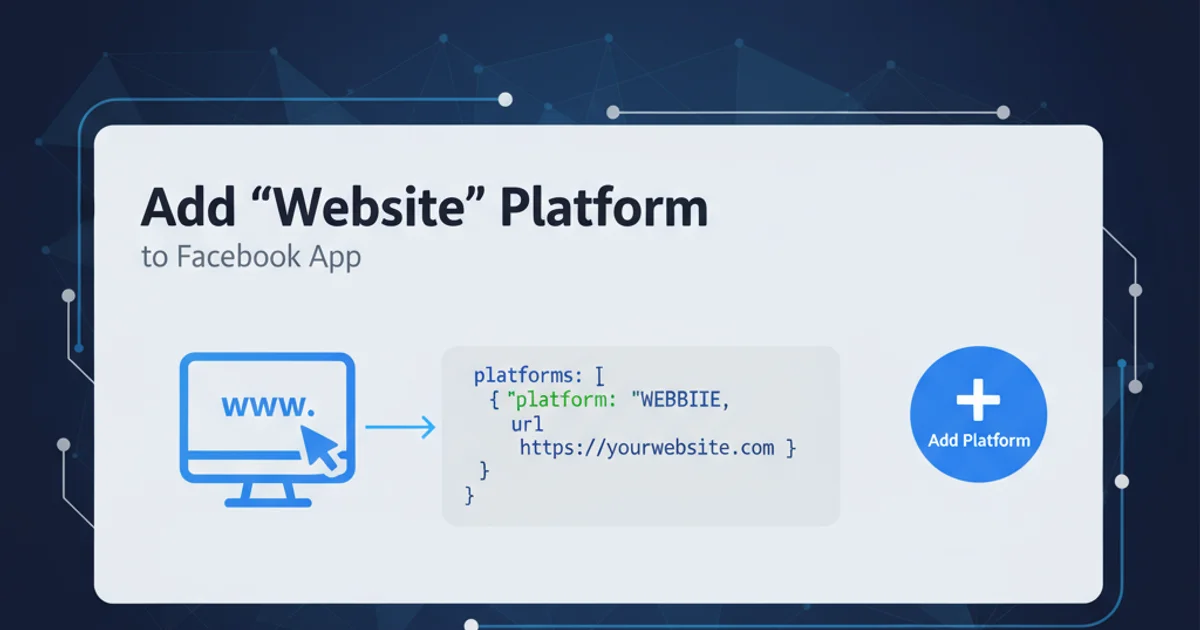Run a Docker image as a container
Categories:
How to Run a Docker Image as a Container

Learn the fundamental steps to launch and manage Docker containers from existing images, covering basic commands and essential concepts.
Docker has revolutionized how applications are developed, shipped, and run. At its core, Docker uses images as blueprints to create isolated environments called containers. Running a Docker image as a container is the most basic and crucial operation for anyone working with Docker. This article will guide you through the process, from understanding the docker run command to managing your running containers.
Understanding Docker Images and Containers
Before diving into commands, it's important to differentiate between a Docker image and a Docker container. A Docker image is a lightweight, standalone, executable package that includes everything needed to run a piece of software, including the code, a runtime, libraries, environment variables, and configuration files. Think of it as a template or a snapshot of an application and its dependencies.
A Docker container is a runnable instance of an image. When you run an image, Docker creates a container from it. Each container is isolated from other containers and from the host system, ensuring consistency across different environments. You can have multiple containers running from the same image, each operating independently.
graph TD
A[Docker Image] --> B{docker run command}
B --> C[Docker Container (Instance 1)]
B --> D[Docker Container (Instance 2)]
C -- Isolated --> D
C -- Isolated --> E[Host System]
D -- Isolated --> ERelationship between Docker Images and Containers
The docker run Command: Your Gateway to Containers
The docker run command is the primary way to start a new container from a Docker image. It's a powerful command with many options, allowing you to configure almost every aspect of the container's runtime environment. The basic syntax is straightforward: docker run [OPTIONS] IMAGE [COMMAND] [ARG...].
docker pull step.Basic Container Execution
Let's start with the simplest way to run a container. We'll use the hello-world image, which is a great way to verify your Docker installation and understand the basic run command.
docker run hello-world
Running the 'hello-world' Docker image
When you execute this command, Docker performs the following actions:
- Pulls the image: If
hello-worldisn't on your local machine, Docker downloads it from Docker Hub. - Creates a container: A new container is created from the
hello-worldimage. - Runs the command: The default command embedded in the
hello-worldimage is executed (which prints a message). - Exits the container: Once the command finishes, the container stops and exits.
Running Containers in Detached Mode
For most applications, you'll want your container to run in the background without tying up your terminal. This is achieved using the -d or --detach flag. When a container runs in detached mode, Docker prints the container ID and then returns control to your terminal.
docker run -d nginx
Running an Nginx web server in detached mode
After running this, you can verify that your Nginx container is running using docker ps.
docker ps
Listing currently running containers
Mapping Ports for External Access
Containers are isolated by default. If you're running a web server like Nginx, you'll need to map a port from your host machine to a port inside the container to access it from your browser. This is done with the -p or --publish flag, using the format HOST_PORT:CONTAINER_PORT.
docker run -d -p 8080:80 nginx
Running Nginx and mapping host port 8080 to container port 80
Now, you can open your web browser and navigate to http://localhost:8080 to see the default Nginx welcome page.
Naming Your Containers
Docker automatically assigns a random, often whimsical, name to your containers (e.g., jolly_hoover, pensive_mccarthy). While functional, these names can be hard to remember. You can assign a custom, human-readable name using the --name flag, which makes it easier to manage and refer to your containers.
docker run -d -p 8080:80 --name my-nginx-server nginx
Running Nginx with a custom container name
Now, instead of using the container ID, you can use my-nginx-server in other Docker commands, such as stopping or restarting it.
docker stop my-nginx-server
docker start my-nginx-server
Stopping and starting a named container
Removing Containers
When a container is no longer needed, it's good practice to remove it to free up resources. You can remove a stopped container using docker rm.
docker rm my-nginx-server
Removing a stopped container by name
docker stop or use the -f (force) flag with docker rm (e.g., docker rm -f my-nginx-server). Be cautious with -f as it will abruptly terminate the container.Putting It All Together: A Practical Example
Let's combine these concepts to run a simple web application container.
1. Pull an image (optional but good practice)
While docker run pulls images automatically, explicitly pulling can sometimes give better feedback on download progress.
2. Run the container in detached mode with port mapping and a custom name
This command will run a wordpress container, making it accessible on your host's port 8000, and name it my-wordpress-app.
3. Verify the container is running
Check the status of your newly launched container.
4. Access the application
Open your web browser and navigate to http://localhost:8000 to see your WordPress installation.
5. Stop and remove the container when done
Clean up your resources after you're finished experimenting.
# Step 1: Pull the WordPress image
docker pull wordpress
# Step 2: Run the container
docker run -d -p 8000:80 --name my-wordpress-app wordpress
# Step 3: Verify it's running
docker ps
# Step 5: Stop and remove (when done)
docker stop my-wordpress-app
docker rm my-wordpress-app
Running a WordPress container step-by-step
This example demonstrates how to effectively use docker run with common options to deploy a functional application. Remember that for a full WordPress setup, you would typically also need a database container (like MySQL), which would involve more advanced networking and volume concepts.